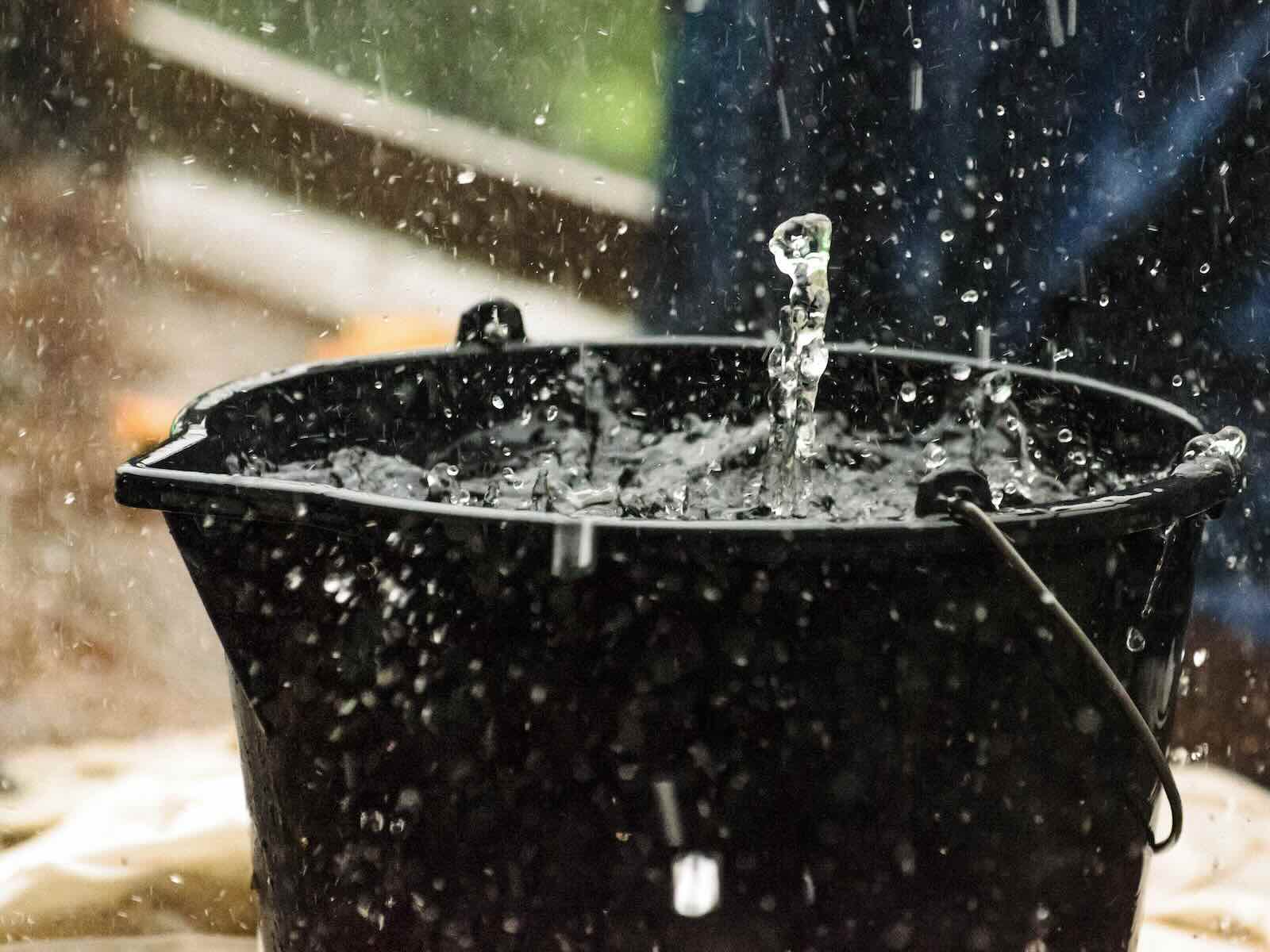

Articles
How To Store Rainwater For Drinking
Modified: October 18, 2024
Learn how to store rainwater for drinking in this informative article. Discover the best practices and systems for collecting and purifying rainwater.
(Many of the links in this article redirect to a specific reviewed product. Your purchase of these products through affiliate links helps to generate commission for Storables.com, at no extra cost. Learn more)
Introduction
Welcome to the world of rainwater harvesting! In an era where sustainable practices are becoming increasingly important, storing rainwater for drinking purposes is not only practical but also environmentally friendly. By utilizing rainwater as a source of drinking water, we can reduce our reliance on traditional water sources, conserve water, and even save money on utility bills.
Storing rainwater for drinking is a centuries-old practice that has recently gained renewed attention due to its numerous benefits. From reducing strain on municipal water supplies to providing a backup water source during droughts or emergencies, storing rainwater is an excellent way to ensure a reliable and sustainable water supply for your household.
In this article, we will explore the benefits of storing rainwater for drinking, important considerations, and will guide you through the process of choosing the right rainwater storage system, installation, maintenance, and harvesting. So, let’s dive in!
Key Takeaways:
- Embrace rainwater harvesting to reduce reliance on traditional water sources, save money, and contribute to water conservation. Proper maintenance and water treatment ensure a reliable and sustainable drinking water supply.
- Harvesting rainwater for drinking requires careful monitoring, responsible water usage, and regular water quality testing. Educate household members, stay informed, and have emergency preparedness plans in place for a sustainable water source.
Read more: How To Store Rainwater For Indoor Plants
Benefits of Storing Rainwater for Drinking
Storing rainwater for drinking offers a multitude of benefits, both for individuals and the environment. Let’s take a closer look at some of the key advantages:
- Sustainable Water Source: By collecting and storing rainwater, you can reduce your reliance on traditional water sources such as groundwater or municipal water supplies. Rainwater is a renewable resource that can be collected and used year-round, making it an eco-friendly choice.
- Cost Savings: Storing rainwater for drinking can lead to significant savings in utility bills. With reduced reliance on municipal water, you can potentially lower your water bill and save money in the long run.
- Conservation of Water Resources: With the increasing scarcity of water in many regions, storing rainwater helps in conserving valuable freshwater resources. By utilizing rainwater for drinking, you contribute to the overall conservation efforts and help reduce the strain on existing water supplies.
- Backup Water Source: Rainwater storage systems act as a backup water source during droughts, water restrictions, or emergencies. Having stored rainwater allows you to maintain access to clean drinking water even when traditional water sources are limited or not available.
- Improved Water Quality: Rainwater is naturally pure as it does not contain the chemicals often found in treated tap water. Storing rainwater allows for the filtration and purification of water, resulting in a cleaner and healthier drinking water source for you and your family.
- Reduced Stormwater Runoff: By capturing rainwater, you prevent excess water from flowing into stormwater systems, reducing the risk of flooding and erosion. This helps mitigate the impact of heavy rainfall on the environment and surrounding infrastructure.
- Greater Self-Sufficiency: Storing rainwater for drinking empowers individuals and communities to become more self-sufficient in terms of their water needs. It promotes a sense of independence and resilience, particularly in areas prone to water shortages or unreliable water sources.
Overall, storing rainwater for drinking offers a wide range of benefits, from environmental sustainability to financial savings and improved water quality. By embracing rainwater harvesting, you not only contribute to your own well-being but also play a part in protecting and preserving our precious water resources for future generations.
Important Considerations Before Storing Rainwater
Before embarking on the journey of storing rainwater for drinking, there are several important considerations to keep in mind. Understanding these factors will ensure that you set up a safe and effective rainwater storage system. Let’s explore them:
- Water Quality: Assessing the quality of rainwater is crucial before deciding to store it for drinking. Depending on your location and environmental factors, rainwater may contain pollutants, debris, or contaminants. Consider conducting water tests to determine the quality of the rainwater and identify any necessary filtration or purification methods.
- Legal Regulations: Research the local regulations and permits required for rainwater harvesting in your area. Some regions have specific guidelines regarding the collection, storage, and usage of rainwater. Complying with these regulations will ensure that your rainwater storage system is legally sound.
- Roof Material and Design: The material and design of your roof can impact the quality of rainwater. Certain roofing materials may leach chemicals or contaminants into the collected rainwater, compromising its safety for drinking. Assess the condition of your roof and consider using non-toxic roofing materials suitable for rainwater collection.
- Location and Climate: The location and climate of your area play a significant role in rainwater harvesting. Consider the amount of rainfall in your region, the frequency of extreme weather events, and the potential for contamination from nearby sources like industrial buildings or heavily trafficked areas.
- Rainwater Management: Adequate rainwater management is essential for preventing overflow or waterlogging. Assess your property’s drainage system and ensure that rainwater can be efficiently channeled into your storage setup without causing damage or flooding.
- Health and Safety: Prioritize health and safety when designing and maintaining your rainwater storage system. Prevent the breeding of mosquitoes and other pests by using tight-fitting lids or screens on your storage tanks. Regularly inspect and clean your system to avoid the buildup of bacteria or contaminants.
- System Size and Capacity: Assess your water needs to determine the size and capacity of your rainwater storage system. Consider factors such as household size, average water consumption, and the availability of alternative water sources to determine the optimal size for your rainwater storage setup.
- Maintenance and Upkeep: Ensure that you are prepared for regular maintenance and upkeep of your rainwater storage system. This includes cleaning filters, inspecting tanks for cracks or leaks, and periodically testing the water quality. Proper maintenance will allow for optimal performance and longevity of the system.
By taking these important considerations into account, you can ensure that your rainwater storage system is safe, efficient, and adheres to the necessary guidelines. It’s important to address these factors proactively to enjoy the benefits of stored rainwater for drinking while maintaining the highest standards of water quality and safety.
Choosing the Right Rainwater Storage System
When it comes to storing rainwater for drinking, selecting the right storage system is essential for efficiency, reliability, and water quality. Here are some key factors to consider when choosing your rainwater storage system:
- Tank Material: One of the most critical considerations is the material of the storage tank. Common options include plastic (polyethylene), fiberglass, concrete, and metal. Each material has its pros and cons in terms of durability, cost, maintenance, and water quality. Plastic tanks are usually the most popular choice due to their affordability and versatility.
- Tank Size: Determine the appropriate tank size based on your water needs and available space. Consider the average rainfall in your area, the size of your roof, and the number of occupants in your household. It’s generally recommended to have a tank capacity that can hold at least a month’s worth of water supply.
- Tank Placement: Consider where you will place the tank on your property. Ideally, it should be situated close to the downspout of your gutter system for easy collection of rainwater. Ensure that the area is stable and easily accessible for installation, maintenance, and repairs.
- Overflow and Drainage: The rainwater storage system should include provisions for overflow and proper drainage. This prevents waterlogging and potential damage to your property. Install a reliable overflow outlet and connect it to a suitable drainage system to manage excess rainwater.
- Filters and Purification: To ensure the quality of the stored rainwater, incorporate proper filtration and purification systems into your setup. High-quality filters remove debris, sediment, and larger contaminants, while purification methods such as ultraviolet (UV) or reverse osmosis (RO) systems help eliminate bacteria and other microorganisms.
- Accessibility and Maintenance: Consider the ease of access for maintenance and cleaning of the rainwater storage system. Ensure that there is sufficient space around the tank for visual inspections, repairs, and routine maintenance tasks. Accessibility is crucial to maintain the system’s performance and prolong its lifespan.
- Budget: Determine your budget for the rainwater storage system, including the cost of the tank, filtration/purification systems, installation, and maintenance. Compare prices from different suppliers and consider the long-term cost savings of utilizing rainwater for drinking.
- Additional Features: Explore additional features that may enhance the functionality of your rainwater storage system. This could include level indicators, automatic shut-off valves, or even integration with your household plumbing system for easy distribution of rainwater.
Remember to consult with professionals or experienced rainwater harvesting specialists to help guide you in selecting the right rainwater storage system for your specific needs. They can provide valuable insights and recommendations based on local regulations, climate conditions, and water quality considerations.
By considering these factors, you can choose a rainwater storage system that aligns with your requirements and ensures a reliable and safe supply of drinking water for your household.
Preparing Your Rainwater Collection Setup
Before installing your rainwater collection setup, there are several important steps you need to take to ensure a successful and efficient system. Let’s explore the process of preparing your rainwater collection setup:
- Assess Water Needs: Determine your household’s water needs by calculating the average daily consumption. Consider factors such as the number of occupants, water usage patterns, and any specific needs like gardening or livestock. This will help determine the appropriate size and capacity of your rainwater storage system.
- Check Local Regulations: Research and comply with any local regulations or permits required for rainwater collection and storage. Some areas have specific guidelines regarding the size of the system, permitted uses, and safety standards. Adhering to these regulations ensures a legal and trouble-free rainwater collection setup.
- Inspect the Roof: Carefully inspect your roof for any damage or contaminants that may affect the quality of the collected rainwater. Repair any leaks, replace damaged shingles, and clean the roof surface to ensure the rainwater remains clean and free from pollutants.
- Install Gutters and Downspouts: Install or ensure that you have a properly functioning gutter system in place. Gutters should be positioned to collect rainwater efficiently and direct it toward the downspouts. Ensure that the downspouts are secure and properly angled to direct the water into your storage system.
- Select the Rainwater Collection Area: Determine the best location for your rainwater collection area. This could be a designated section of your roof or a separate structure like a rainwater collection shed. Ensure that the area is clear of debris, well-drained, and easily accessible for maintenance and inspections.
- Consider First Flush Diverter: Install a first flush diverter in your rainwater collection system. This device diverts the initial runoff, which may contain debris and pollutants, away from the storage tank. It helps to improve the quality of the collected rainwater and reduces the need for frequent cleaning of the storage tank.
- Set Up a Leaf Catcher: Install a leaf catcher or mesh screen at the entry point of your downspout to prevent debris, leaves, and other larger particles from entering the storage system. This helps maintain water quality and reduces the risk of clogging in the system.
- Choose Rainwater Storage Tanks: Select the appropriate rainwater storage tanks based on your water needs, available space, and budget. Consider factors such as the material, size, durability, and insulation properties of the tanks. Ensure that they are properly sealed and have secure lids or covers to prevent contamination and pest entry.
- Install Filters and Purification: Install suitable filters and purification systems in your rainwater collection setup. This helps remove sediment, debris, and contaminants, ensuring the safety and cleanliness of the stored rainwater. Choose filters and purification methods based on your water quality tests and specific requirements.
- Plan for Overflow and Drainage: Ensure that your rainwater collection setup includes provisions for overflow and proper drainage. This prevents overfilling of the storage tanks and potential damage to the structure or surrounding areas. Direct the overflow into a designated drainage system or safely divert it away from the property.
Preparing your rainwater collection setup is a crucial step in creating an effective and reliable rainwater harvesting system. Taking the time to carefully plan, inspect, and install the necessary components will ensure a smooth transition to utilizing rainwater as a sustainable source of drinking water for your household.
Read more: How To Store Drinking Glasses
Installing Gutters and Downspouts
Properly installing gutters and downspouts is a crucial step in setting up your rainwater collection system. Gutters and downspouts play a vital role in efficiently channeling rainwater from your roof to the storage tanks. Follow these steps to ensure a successful installation:
- Develop a Plan: Start by creating a plan to determine the best placement for your gutters and downspouts. Consider the layout of your roof, the direction of water flow, and any obstacles that may affect the installation.
- Measurements and Materials: Take accurate measurements of your roof’s dimensions to determine the length of gutters and downspouts required. Choose high-quality materials that are durable and suitable for your specific climate conditions.
- Positioning the Gutters: Install the gutters along the edges of your roof, ensuring they slope slightly towards the downspouts for proper water flow. Use brackets or hangers to secure the gutters at regular intervals, maintaining a steady slope to avoid water pooling.
- Connecting the Sections: Connect the sections of gutter using specific connectors or sealants designed for the gutter material you are using. Ensure a snug and secure fit to prevent any leakage.
- Installing the Downspouts: Position the downspouts at convenient locations along the length of the gutter system. They should be placed near corners or areas where the water needs to be directed away from the building’s foundation.
- Securing the Downspouts: Use brackets or straps to secure the downspouts to the wall. Ensure the downspouts are angled away from the building to facilitate proper drainage and prevent water accumulation near the foundation.
- Connecting the Downspouts: Connect the downspouts to the outlets on the gutters, using suitable connectors or sealants. Ensure a watertight connection to prevent any water leakage.
- Directing the Water: Consider directing the water from the downspouts directly into the rainwater storage system. This can be achieved by connecting the downspout to a pipe or diverting it into a dedicated rainwater collection area.
- Testing the System: Once the installation is complete, perform a thorough check to ensure the gutters and downspouts are properly connected and there are no leaks. Run water through the system to confirm that it flows smoothly into the designated collection area.
- Maintenance and Cleaning: Regularly inspect and clean your gutters and downspouts to prevent blockages caused by leaves, debris, or dirt. This will ensure the proper functioning of the system and prevent any potential damage.
Installing gutters and downspouts correctly is essential for efficient rainwater collection. Proper water flow and effective drainage of rainwater are crucial factors in maximizing the amount of water collected for your rainwater storage system. By following these steps and maintaining the system regularly, you can ensure a reliable and effective rainwater harvesting setup.
Store rainwater for drinking in clean, food-grade containers with tight-fitting lids to prevent contamination. Use a first flush diverter to remove debris and contaminants from the initial rainfall. Boil or treat the water before drinking to ensure it’s safe.
Selecting the Appropriate Rainwater Storage Tank
Selecting the right rainwater storage tank is essential for effectively storing and utilizing rainwater for drinking. There are several factors to consider when choosing the appropriate tank for your needs. Here are some key considerations:
- Tank Material: Rainwater storage tanks are available in a variety of materials, including plastic (polyethylene), fiberglass, concrete, and metal. Each material has its own advantages and limitations. Plastic tanks are the most common choice due to their durability, affordability, and ease of installation. They are also resistant to corrosion and can be translucent, allowing you to monitor the water level inside.
- Tank Capacity: Determine the required tank capacity based on your water needs and available space. Consider factors such as the average rainfall in your area, the size of your roof, and the number of occupants in your household. It’s generally recommended to have a tank capacity that can hold at least a month’s worth of water supply.
- Space Availability: Assess the space available for installing the storage tank. Measure the dimensions of the designated area to ensure that the chosen tank can fit comfortably without any obstructions. Consider factors such as access for maintenance, installation requirements, and whether the tank needs to be above or below ground.
- Insulation: If you live in an area with extreme weather conditions, it’s important to consider insulation properties. Insulated tanks help regulate the temperature of stored rainwater, preventing freezing in cold climates and minimizing algae growth in warmer climates.
- UV Resistance: Ensure that the tank material is UV resistant to prevent degradation and discoloration from prolonged exposure to sunlight. This is especially important if the storage tank will be placed outdoors.
- Accessibility: Consider the ease of accessing the tank for maintenance, inspection, and cleaning. Ensure that the tank has suitable access points and openings for monitoring and periodic maintenance.
- Additional Features: Explore additional features that may enhance the functionality and convenience of the storage tank. This could include features such as a level indicator, overflow outlet, or a tap/faucet for easy access to the stored water.
- Budget: Consider your budget for the rainwater storage tank, including the cost of the tank itself, any required accessories, and professional installation if necessary. Evaluate the long-term cost savings of utilizing rainwater for drinking to determine the most cost-effective option.
- Warranty and Durability: Check the warranty provided by the tank manufacturer and consider the durability of the chosen tank. Ensure that it is built to withstand harsh environmental conditions and that it comes from a reputable manufacturer.
By considering these factors, you can select a rainwater storage tank that meets your requirements in terms of capacity, durability, accessibility, and budget. It’s important to choose a high-quality tank that is suitable for your specific needs to ensure a reliable and effective rainwater storage system.
Installing Filters and Purification Systems
When storing rainwater for drinking purposes, installing appropriate filters and purification systems is crucial to ensure the safety and quality of the water. Filters and purification systems help remove impurities, sediment, and potential contaminants, providing you with clean and safe drinking water. Here are important steps to consider when installing filters and purification systems:
- Water Quality Assessment: Before installing any filtration or purification systems, assess the quality of your collected rainwater. Conduct water tests to identify any contaminants, bacteria, or other substances that may be present. This will help determine the specific type of filters and purification methods needed.
- Pre-Filtration: Install pre-filters at the entry point of your rainwater storage system. These filters remove larger debris, sediment, leaves, and other particles that may enter the storage tank. Common types of pre-filters include mesh screens or sediment filters to protect the primary filtration system and ensure proper water flow.
- Fine Filtration: Choose a filtration system that effectively removes smaller particles, such as sediment, microorganisms, and organic matter. Common fine filtration methods include activated carbon filters, ceramic filters, and cartridge filters. These filters help improve the taste, odor, and overall clarity of the stored rainwater.
- Purification Methods: Consider installing purification systems to further enhance the safety and quality of the drinking water. Common purification methods include ultraviolet (UV) disinfection, reverse osmosis (RO), or chlorination. UV systems neutralize harmful bacteria and viruses, while RO systems remove dissolved minerals and contaminants. Chlorination helps kill bacteria and prevent bacterial growth in the stored water.
- Professional Assistance: Seek professional advice and assistance when selecting and installing filtration and purification systems. They can help determine the most suitable systems based on your water quality test results and specific requirements. They can also guide you through the installation process to ensure proper functioning and performance.
- Proper Installation: Follow the manufacturer’s instructions carefully when installing the filters and purification systems. Ensure that the systems are connected correctly, with the necessary plumbing and fittings. Proper installation is crucial for the efficient operation of the systems and the safety of the stored water.
- Regular Maintenance: Establish a regular maintenance schedule for the filters and purification systems. This includes cleaning or replacing filter cartridges, monitoring system performance, and maintaining any required sterilization processes. Regular maintenance ensures the continued effectiveness of the systems and the safety of the drinking water.
- Water Quality Monitoring: Continuously monitor the quality of the stored rainwater, even after installing filters and purification systems. Conduct periodic water tests to ensure that the filtration and purification methods are working as intended. Regular monitoring helps identify any potential issues and allows for prompt corrective measures.
- System Upgrades: Stay updated with advancements in filtration and purification technologies. Periodically evaluate your systems and consider upgrading them to newer and more reliable options as necessary. This ensures that you consistently have access to clean and safe drinking water.
By following these steps and seeking professional guidance when needed, you can install effective filters and purification systems for your rainwater storage setup. Investing in proper filtration and purification is crucial to ensure that the rainwater you store is safe, clean, and suitable for drinking.
Regular Maintenance of Rainwater Storage System
Maintaining your rainwater storage system is crucial to ensure its continued efficiency and the quality of the stored water. Regular maintenance helps prevent issues such as contamination, blockages, and system failures. Here are some important maintenance tasks to keep your rainwater storage system in optimal condition:
- Visual Inspections: Conduct regular visual inspections of your storage tank, gutters, downspouts, and any other components of the system. Look for signs of damage, cracks, leaks, or blockages. Assess the condition of valves, lids, and fittings to ensure they are securely in place.
- Cleaning Gutters and Downspouts: Regularly clean your gutters and downspouts to remove debris, leaves, and other potential obstructions. This helps maintain proper water flow from your roof to the storage tank. Check and clear any blockages or clogs that may affect the efficient collection of rainwater.
- Check Filters and Purification Systems: Inspect and clean or replace filters and purification systems as recommended by the manufacturer. This ensures that they operate effectively and maintain the quality of the stored water. Consider following a regular maintenance schedule to stay on top of filter replacements and system cleaning.
- Monitor Water Level: Regularly check the water level in your storage tank to ensure an adequate supply. This helps you assess whether your rainwater collection setup is meeting your household’s water demands. Pay attention to any significant changes in water level that may indicate leaks or other issues.
- Test Water Quality: Conduct regular water quality tests to ensure that stored rainwater meets the desired standards. Test for parameters such as pH levels, bacteria, and other contaminants. Monitoring water quality is essential to identify any potential health risks or the need for additional filtration or purification.
- Prevent Mosquito Breeding: Take measures to prevent mosquito breeding in your rainwater storage system. Use tight-fitting lids or screens on your tanks to prevent access for mosquitoes and other pests. Regularly inspect and clean these entry points to ensure their effectiveness.
- Address Water Quality Issues: If you detect any issues with the quality of the stored water, promptly address them. This may involve adjusting the filtration or purification systems, conducting additional water tests, or seeking professional assistance to identify and resolve the problem.
- Overflow Management: Ensure that the overflow system is functioning correctly. Monitor the overflow outlet and drainage systems to prevent waterlogging or flooding in the vicinity. Clear any blockages that may impede the overflow and direct the excess water away from buildings or other sensitive areas.
- Winter Preparations: If you live in a region with freezing temperatures, take necessary precautions to prevent damage caused by ice. Insulate exposed pipes and fittings to avoid freezing and bursting. Empty or drain the storage tank if necessary to prevent damage from expanding ice.
- Professional Inspections: Consider scheduling periodic professional inspections of your rainwater storage system. Experienced technicians can conduct thorough assessments, identify potential issues, and provide expert recommendations for maintenance and repairs.
By incorporating these regular maintenance tasks into your routine, you can ensure that your rainwater storage system remains in good working condition and continues to provide clean and safe drinking water. Proactive maintenance helps prolong the lifespan of the system, minimizes potential problems, and ensures reliable access to stored rainwater.
Read more: How To Filter Rainwater From Roof
Harvesting Rainwater for Drinking Purposes
Once you have set up your rainwater storage system and ensured its proper maintenance, it’s time to start harvesting rainwater for drinking purposes. Here are some steps to follow to effectively utilize the stored rainwater:
- Monitor Rainfall: Keep track of rainfall in your area to determine the availability of water for harvesting. During rainy periods, your collection system will fill up, providing you with a sustainable source of drinking water.
- Careful Water Usage: Practice responsible water usage to ensure that the stored rainwater lasts as long as possible. Be mindful of water consumption and avoid wastage. Consider installing water-saving devices and adopting water-efficient habits to make the most of your stored rainwater.
- Regularly Test Water Quality: Continuously monitor the quality of the stored rainwater by conducting regular water tests. This ensures that the water remains safe and suitable for consumption. Testing parameters such as bacteria, pH levels, and contaminants will give you peace of mind in knowing that the water is of high quality.
- Utilize Proper Water Treatment Methods: If needed, use appropriate water treatment methods to address any water quality issues. This may involve additional filtration, purification, or disinfection techniques to ensure that the rainwater is safe to drink.
- Rotate Water Supply: Regularly rotate your stored rainwater supply by using and replenishing it on a regular basis. This helps ensure that the water remains fresh and minimizes the risk of stagnation or microbial growth.
- Monitor Water Levels: Keep an eye on the water levels in your storage tank to gauge the available supply. Avoid completely depleting the water reserves and plan for periods with lower rainfall or emergencies by conserving water and having backup plans in place.
- Train Household Members: Educate all household members about the importance of responsible water usage and the use of rainwater for drinking purposes. Encourage them to adopt water-saving practices and support your efforts in utilizing rainwater as a sustainable source of drinking water.
- Regular System Maintenance: Follow a schedule for regular maintenance of your rainwater storage system. This includes cleaning filters, inspecting the tank for cracks or leaks, and servicing any purification equipment. Keeping the system well-maintained is crucial to ensure the quality and longevity of the stored water.
- Emergency Preparedness: In the event of a disruption to your rainwater collection system, such as a power outage or system failure, have a backup plan in place. Store emergency water supplies or have alternative water sources available to ensure access to drinking water during unforeseen circumstances.
- Stay Informed: Stay updated with new advancements and best practices in rainwater harvesting and water treatment methods. This includes attending workshops, seminars, or webinars related to rainwater harvesting, as well as staying informed about any changes in regulations or guidelines.
By following these steps, you can effectively harvest rainwater for drinking purposes. Embracing rainwater as a sustainable source of drinking water benefits both the environment and your household by reducing reliance on traditional water sources and promoting water conservation. Remember to be mindful of water usage, regularly monitor the quality of the stored water, and maintain your rainwater storage system to ensure a reliable and safe supply of drinking water for your household.
Conclusion
Storing rainwater for drinking purposes is a sustainable and environmentally-friendly solution that offers numerous benefits. By collecting and utilizing rainwater, you can reduce reliance on traditional water sources, conserve water, and save money on utility bills. Additionally, it provides a reliable backup water source during droughts or emergencies.
Before setting up a rainwater storage system, it’s important to consider factors such as water quality, local regulations, roof condition, and location. Choosing the right rainwater storage tank, installing filters and purification systems, and performing regular maintenance are essential for ensuring the safety, quality, and longevity of the stored water.
Harvesting rainwater for drinking purposes requires careful monitoring, responsible water usage, and regular water quality testing. Proper water treatment methods and rotation of stored water are necessary to maintain freshness and prevent stagnation. Educating household members about responsible water usage and having emergency preparedness plans in place are also important aspects to consider.
By embracing rainwater harvesting and adopting sustainable water practices, you contribute to water conservation, reduce the strain on municipal water supplies, and promote a more eco-friendly lifestyle. Utilizing rainwater for drinking not only benefits your household but also helps preserve our precious water resources for future generations.
In conclusion, storing rainwater for drinking is a practical and efficient way to meet your daily water needs while promoting environmental sustainability. With careful planning, proper installation, and regular maintenance, you can enjoy the benefits of clean, safe, and sustainable rainwater as a reliable source for your drinking water needs.
Frequently Asked Questions about How To Store Rainwater For Drinking
Was this page helpful?
At Storables.com, we guarantee accurate and reliable information. Our content, validated by Expert Board Contributors, is crafted following stringent Editorial Policies. We're committed to providing you with well-researched, expert-backed insights for all your informational needs.
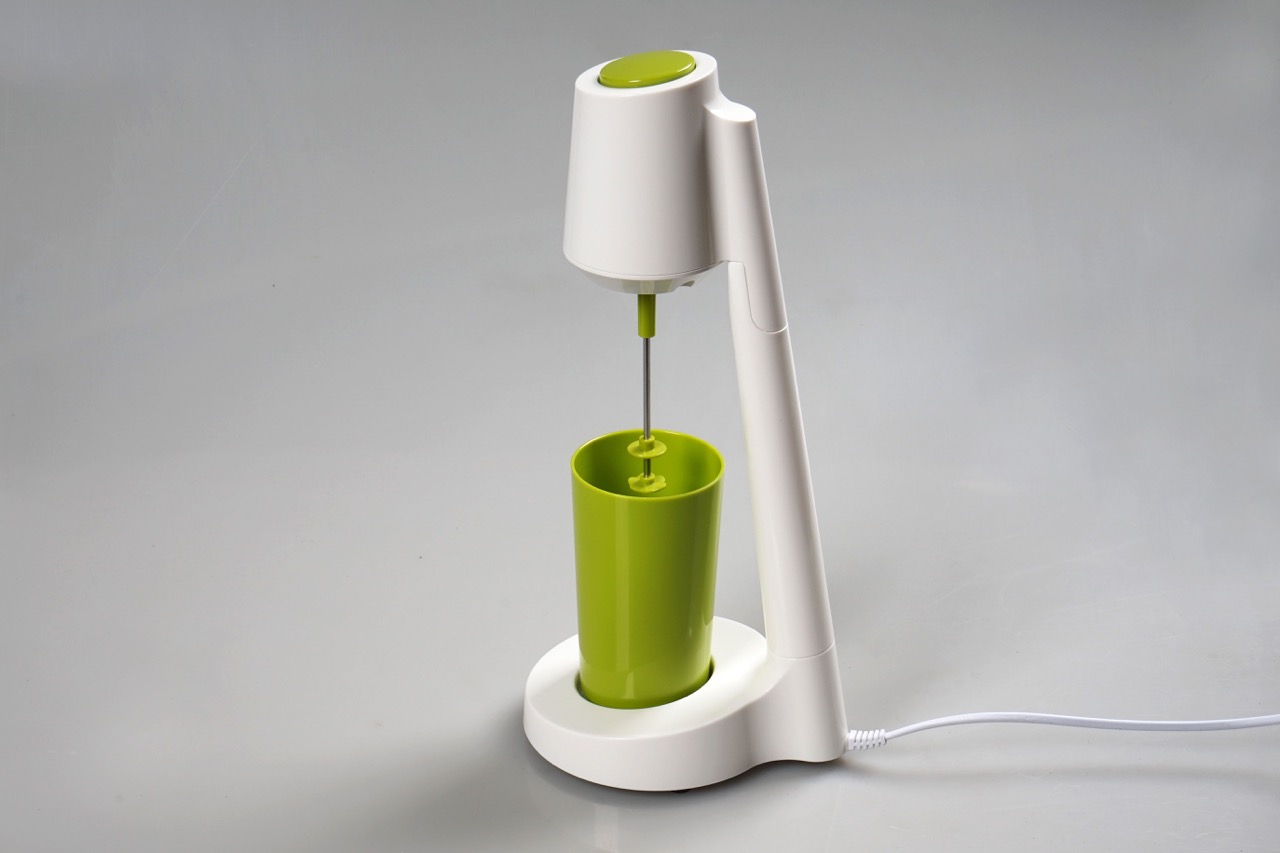



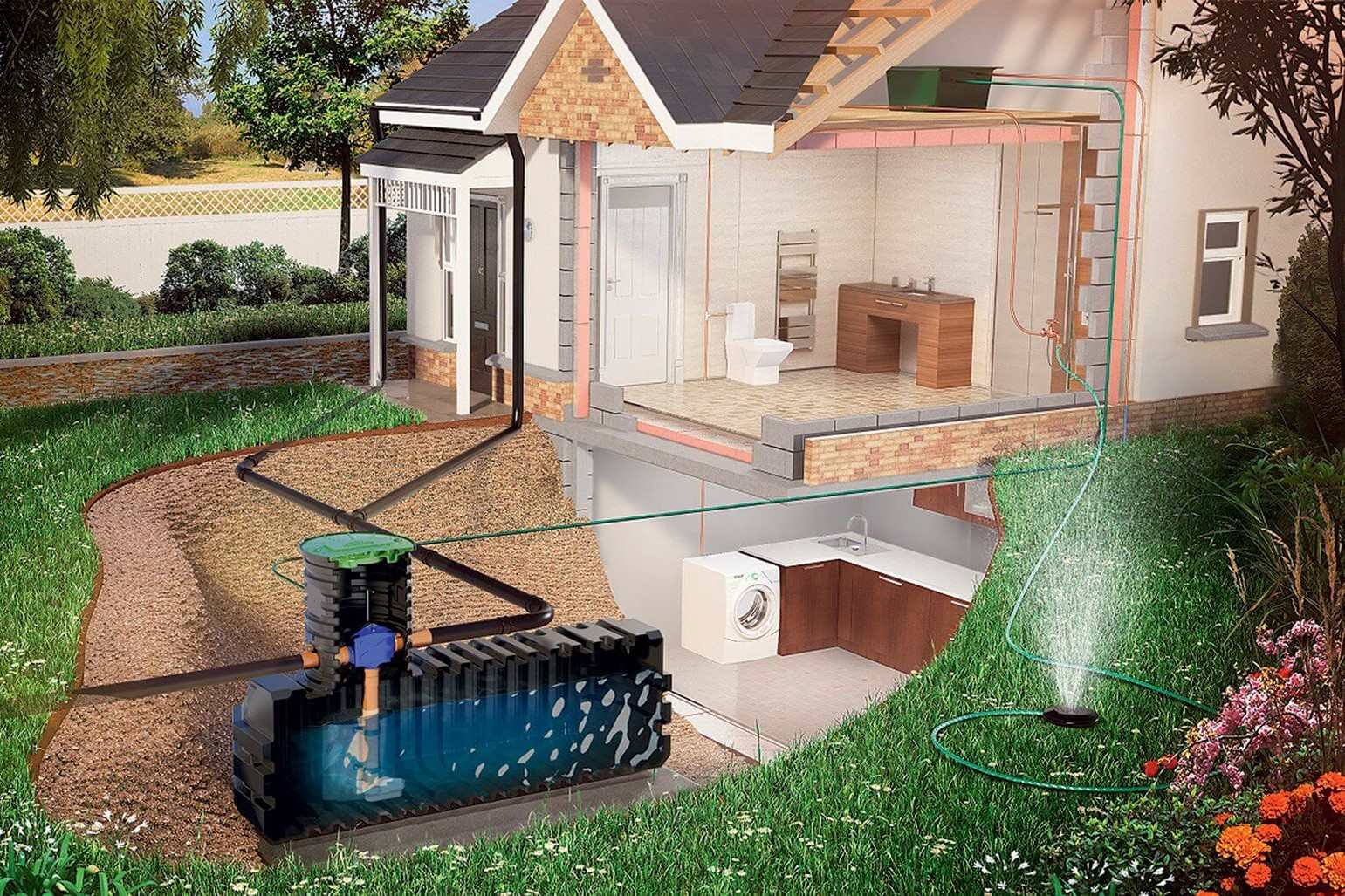
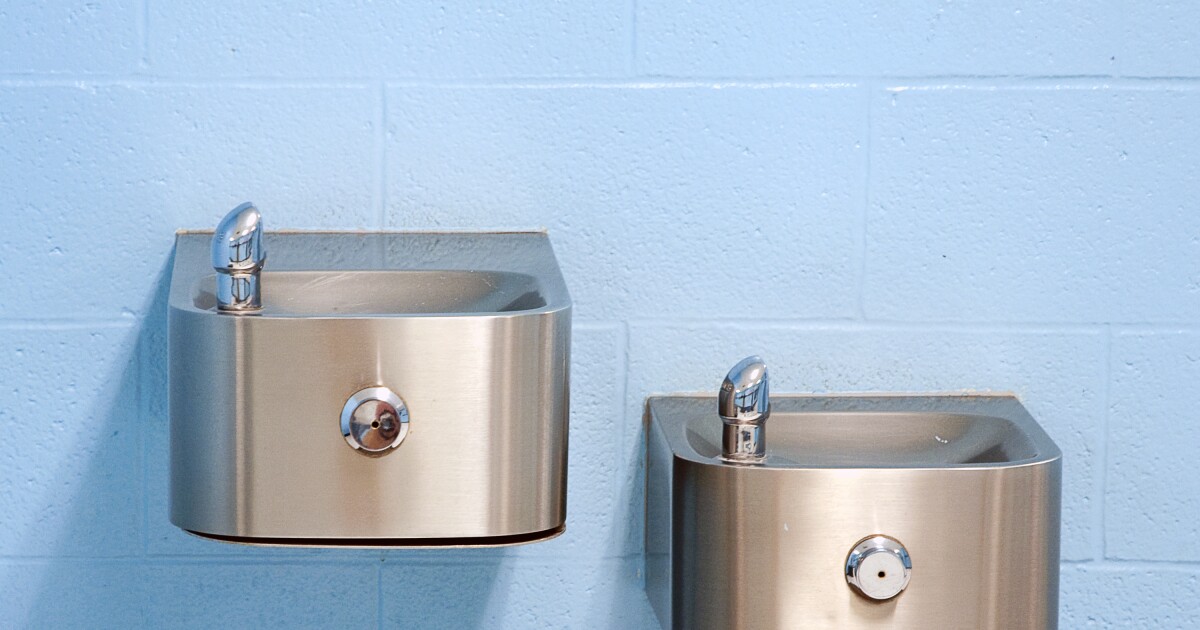
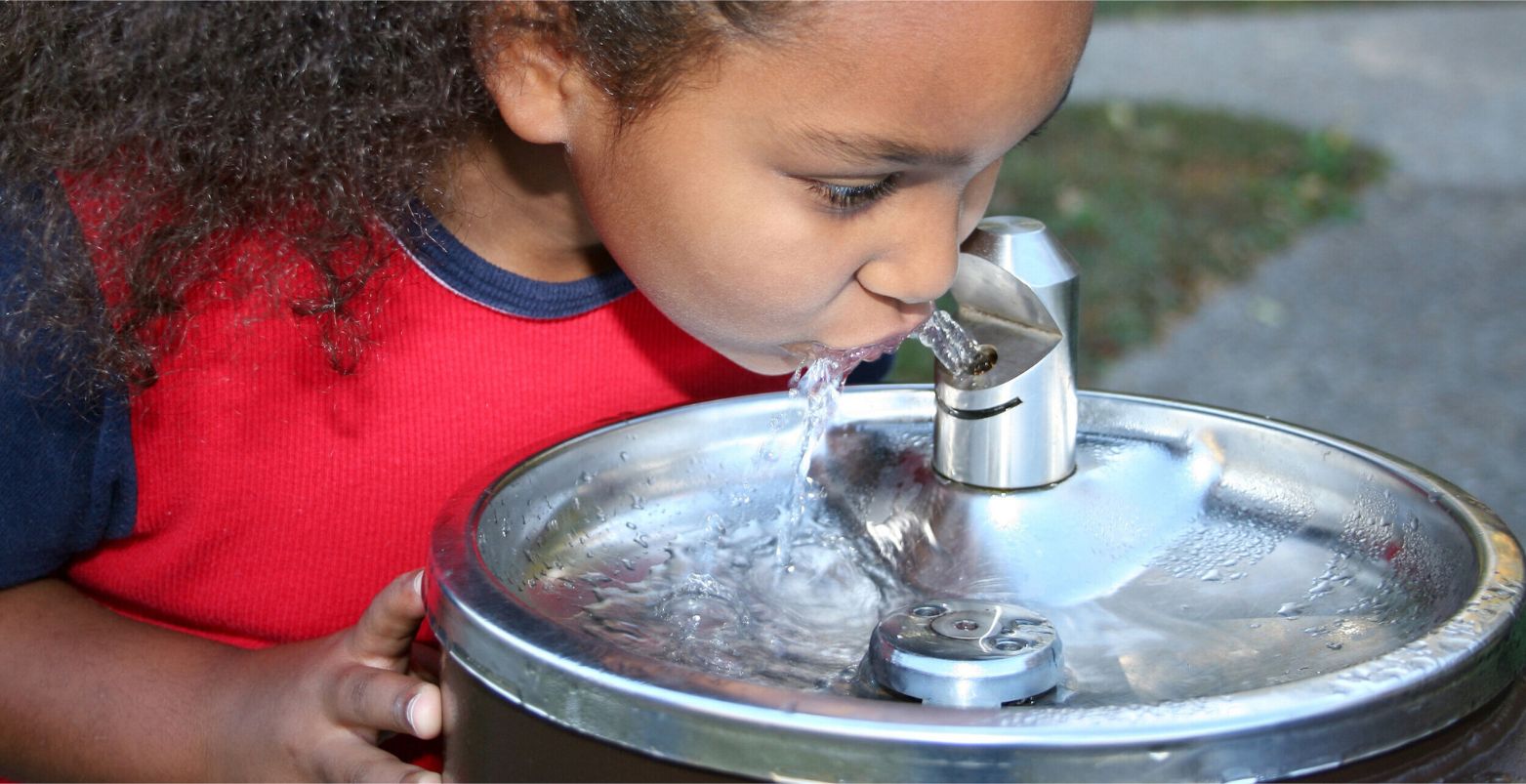
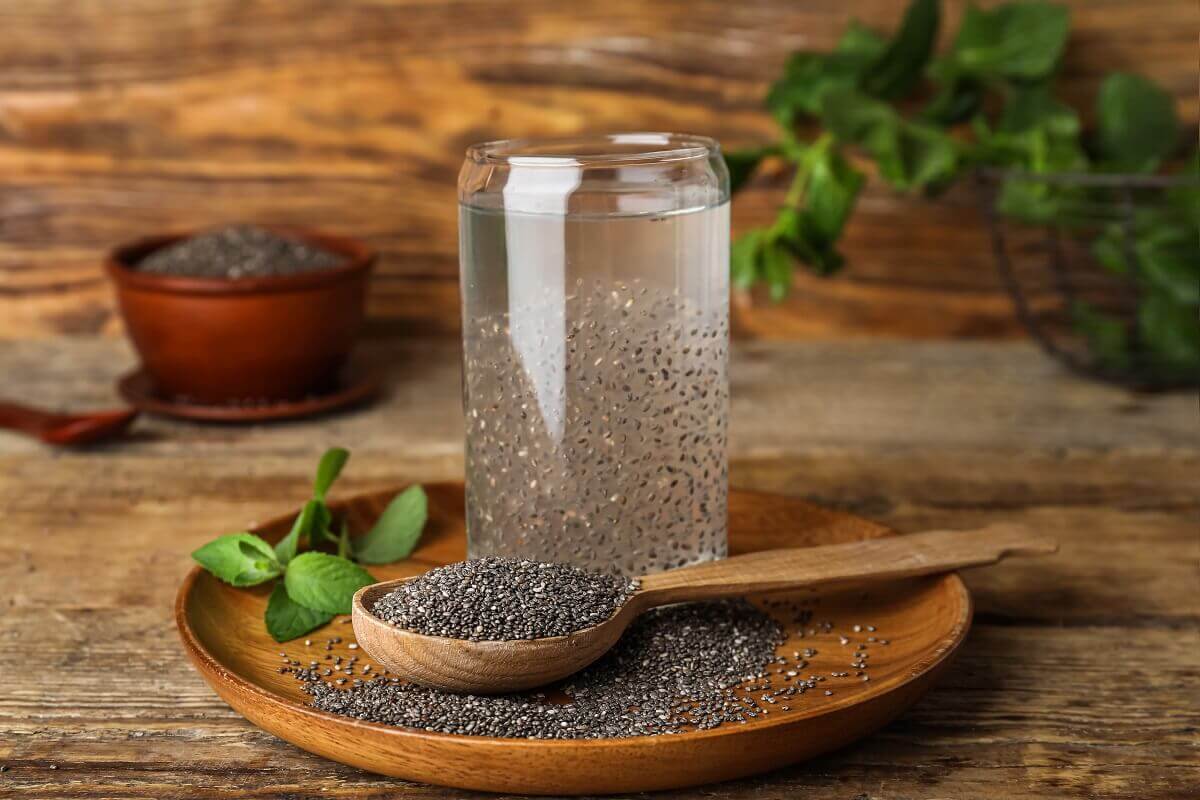

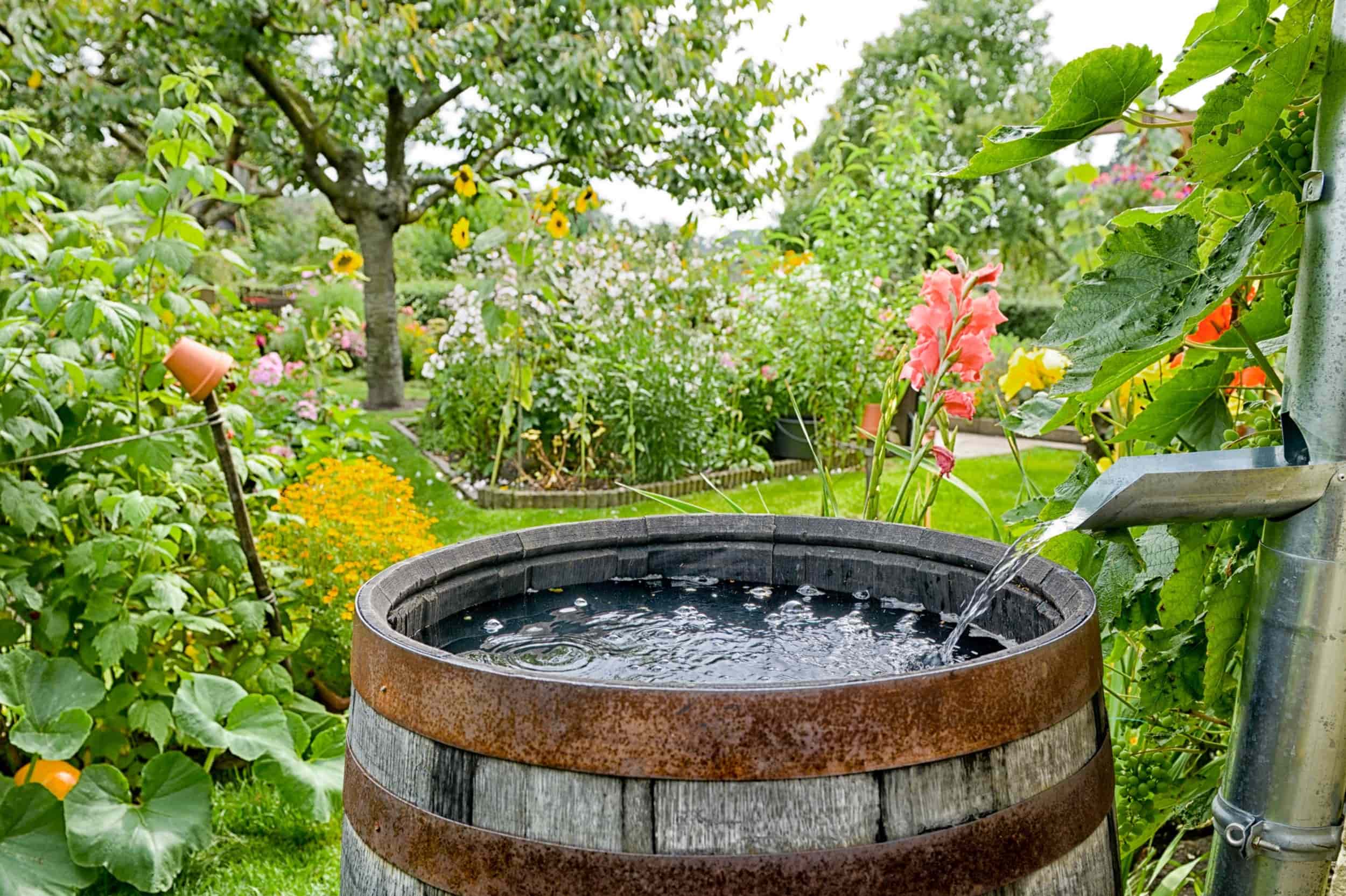

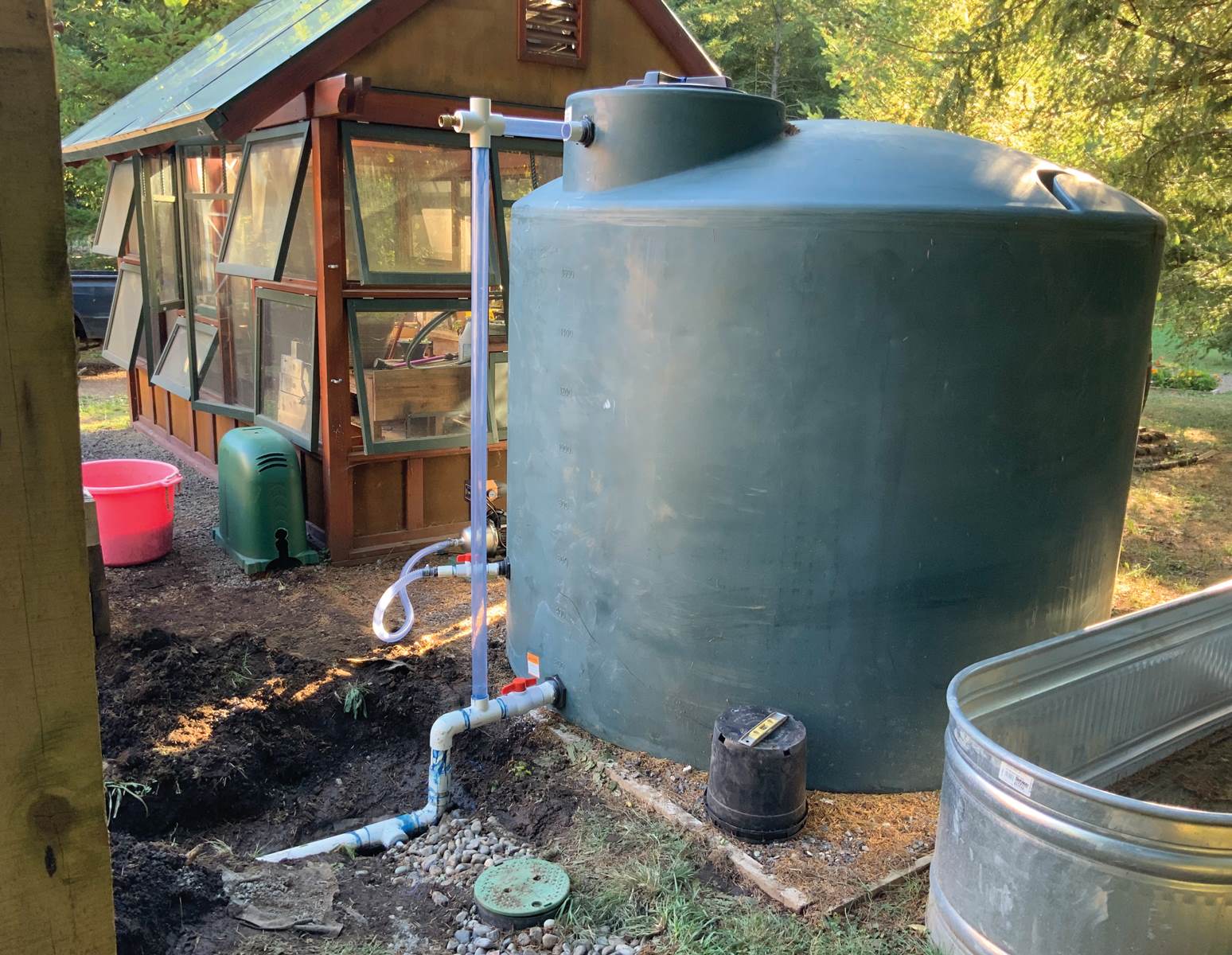


0 thoughts on “How To Store Rainwater For Drinking”